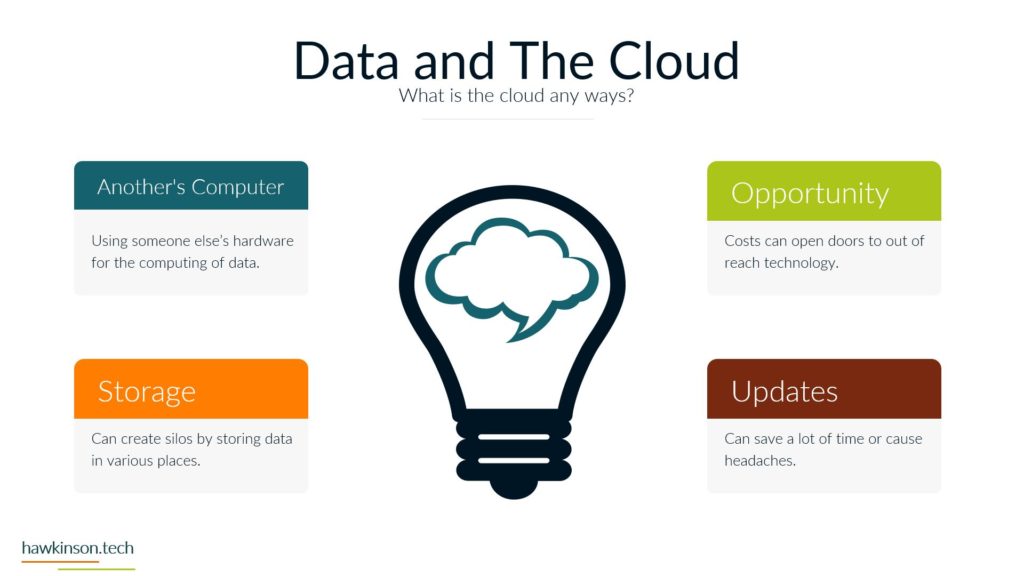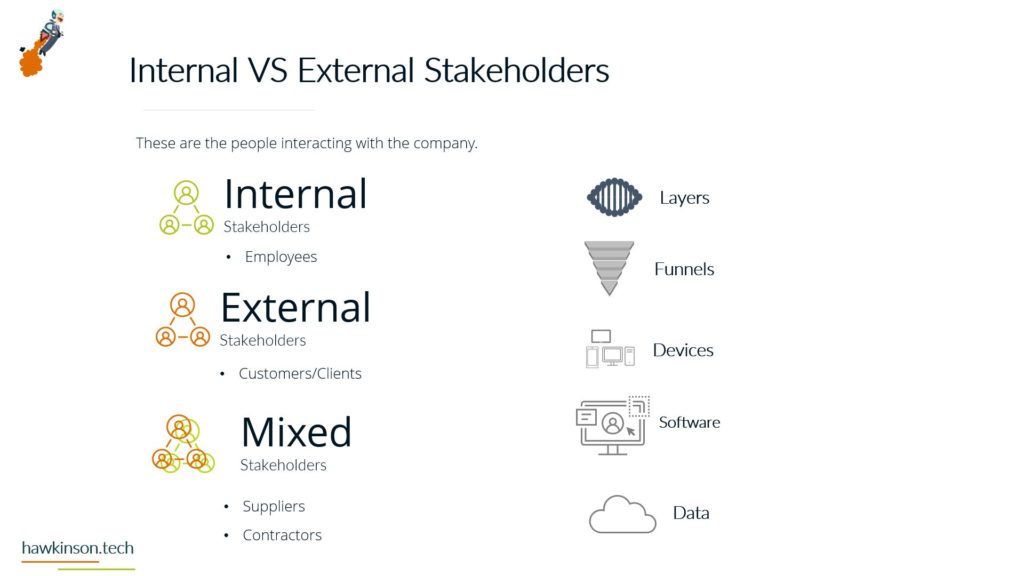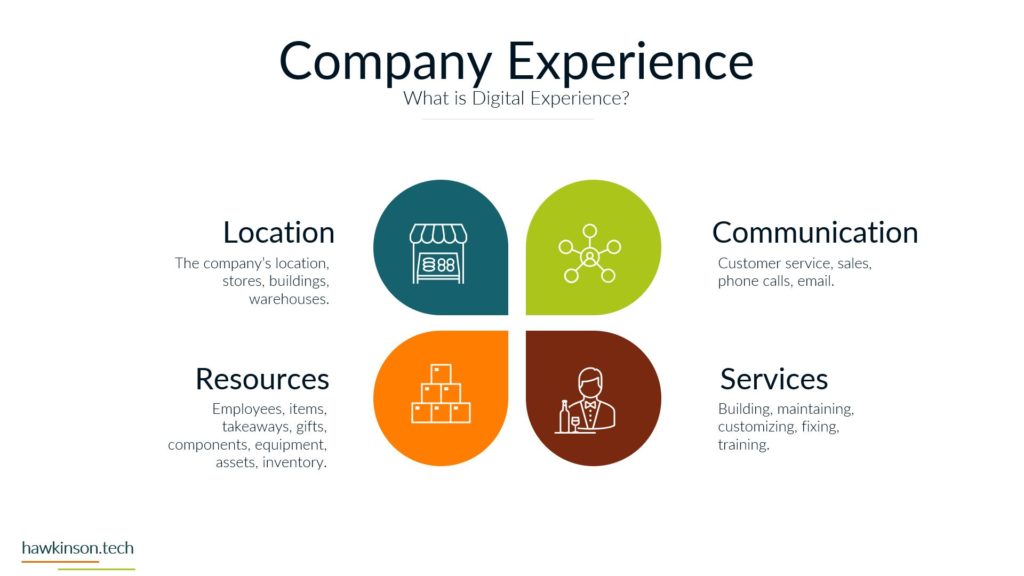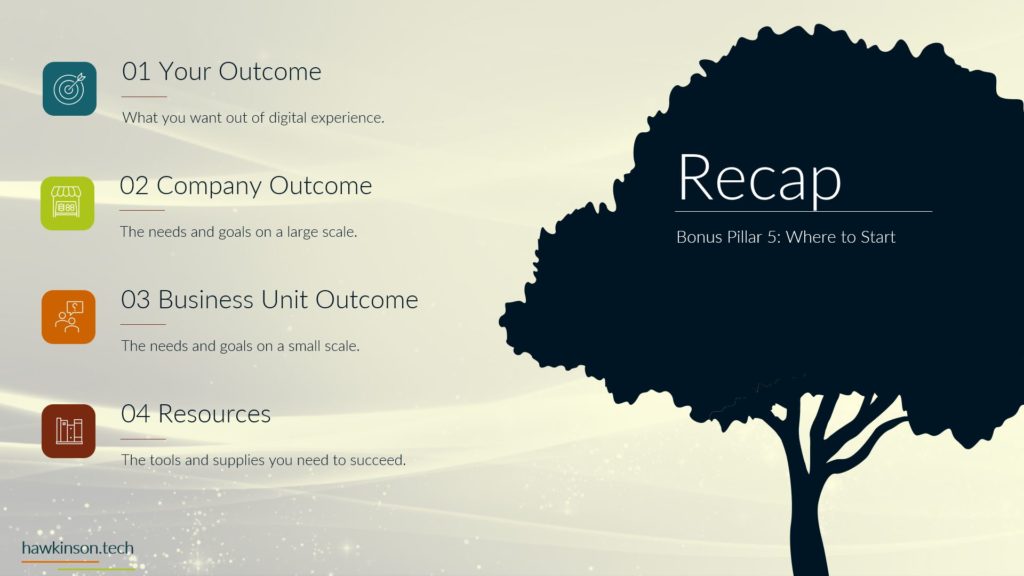Understanding the interplay between stakeholders and their devices becomes paramount as we traverse the dynamic digital experience landscape. This knowledge informs the creation of superior digital experiences designed with the user’s needs and interactions at their core. This article delves into the digital experience ecosystem, revealing how stakeholders and devices interact.
Navigating the Multitude of Devices in the Digital Realm
Internal and external stakeholders are engaged in the digital experience via many devices. These devices, each with unique user interfaces, greatly influence the overall user experience. Whether it’s a desktop, a mobile device, a tablet, or the burgeoning field of virtual reality (VR) and augmented reality (AR) devices, each presents its unique mode of interaction with digital content.
Furthermore, specialized devices such as screen readers, eye trackers, and TTY devices cater to stakeholders with special needs, further diversifying the digital landscape.
Understanding Internal and External Stakeholders in the Digital Experience
Managing the digital experience involves effectively navigating the needs of both internal and external stakeholders. Organizations usually equip internal stakeholders with devices, allowing some level of control over their usage. This control, while ensuring optimized use, still requires careful management.
Contrarily, external stakeholders offer a distinctive set of challenges. The unpredictability of their device usage and activities necessitates digital interfaces to meet a wide range of expectations. The need to ensure satisfaction among external stakeholders, particularly customers, is crucial. If the digital experience does not meet their expectations, they may seek alternatives, adversely impacting the business.
Navigating the “Bring Your Own Device” (BYOD) Era
The BYOD trend introduces a fresh dynamic to the digital ecosystem. While convenient, it brings considerable security risks, particularly concerning internal stakeholders handling sensitive data.
BYOD is less of a concern for external stakeholders, as their access to sensitive data is typically limited. Nevertheless, ensuring secure interactions through stringent security protocols remains essential.
The Critical Role of Software in the Digital Experience
Software is a critical bridge between devices and data, facilitating the digital experience. For internal stakeholders, access to the software can be controlled and monitored, ensuring secure data handling. Similarly, external stakeholders interact with company-provided software fortified with preset security measures, thereby preserving data integrity.
Prioritizing Data Security in the Digital Experience
With an increasingly digitized business landscape, securing sensitive data cannot be overstated. Companies must operate on the assumption that a data breach could happen, necessitating robust data protection measures. The Department of Defense’s advice to assume a data breach has already occurred underlines the criticality of data security.
Understanding the intricate relationship between stakeholders and their devices is vital in creating tailored digital experiences. Our next discussion will delve deeper into software’s role in shaping these interactions. This journey towards optimal digital experiences will ensure we balance technological advancement, user satisfaction, and data security.


































